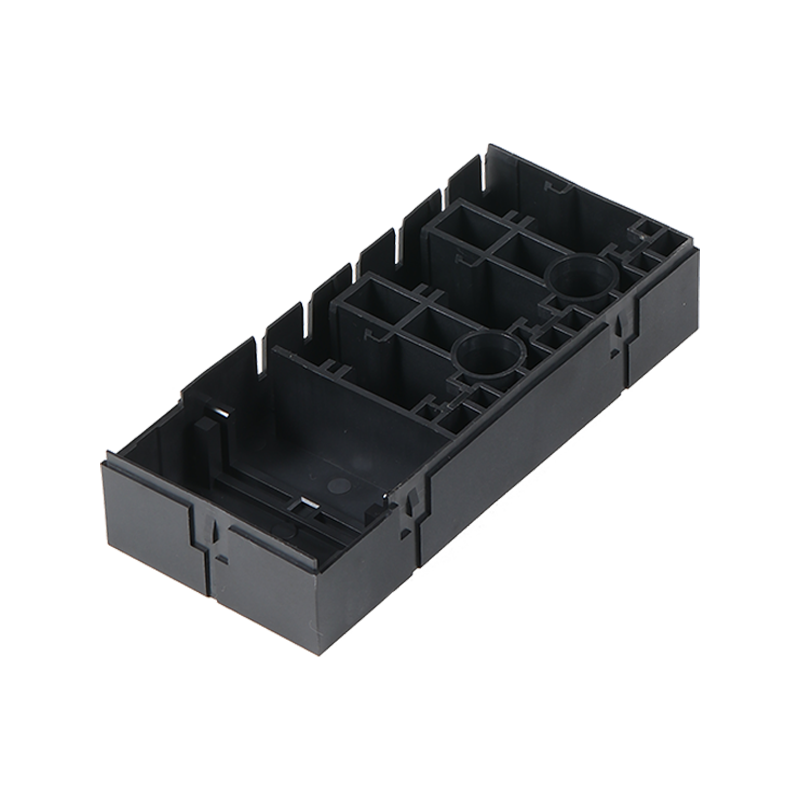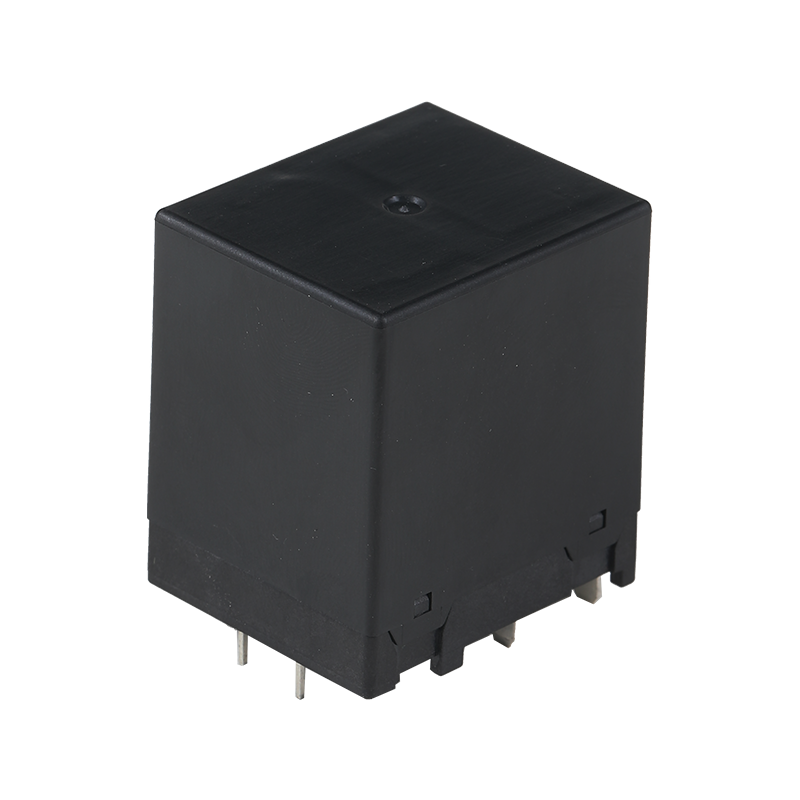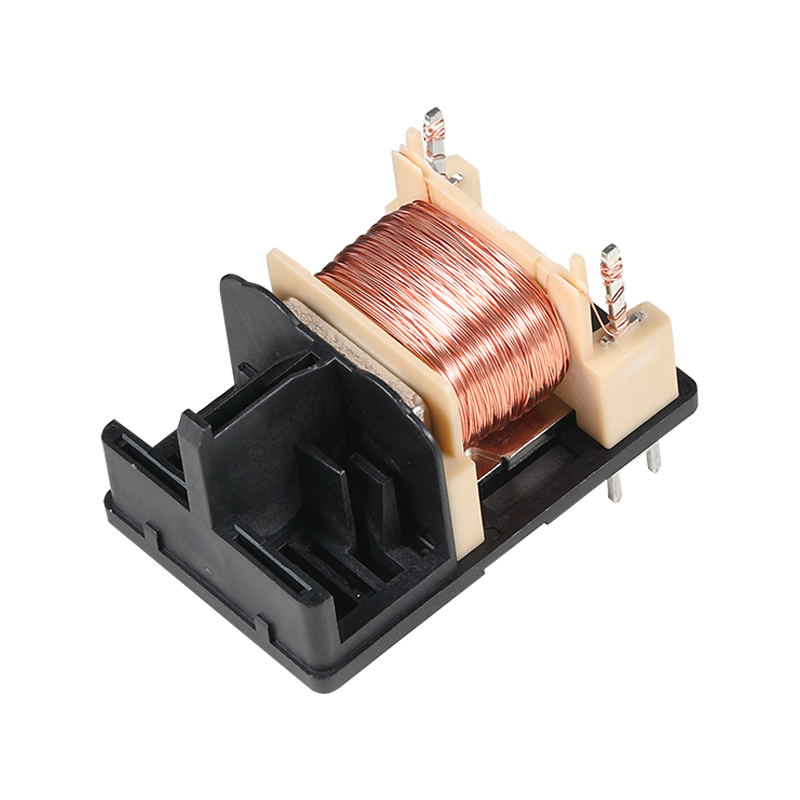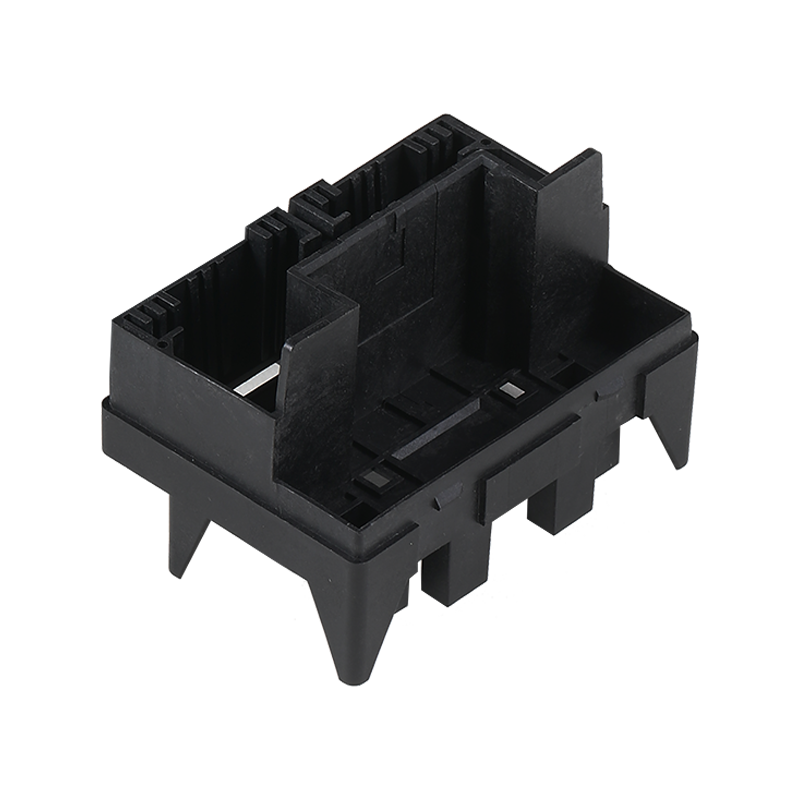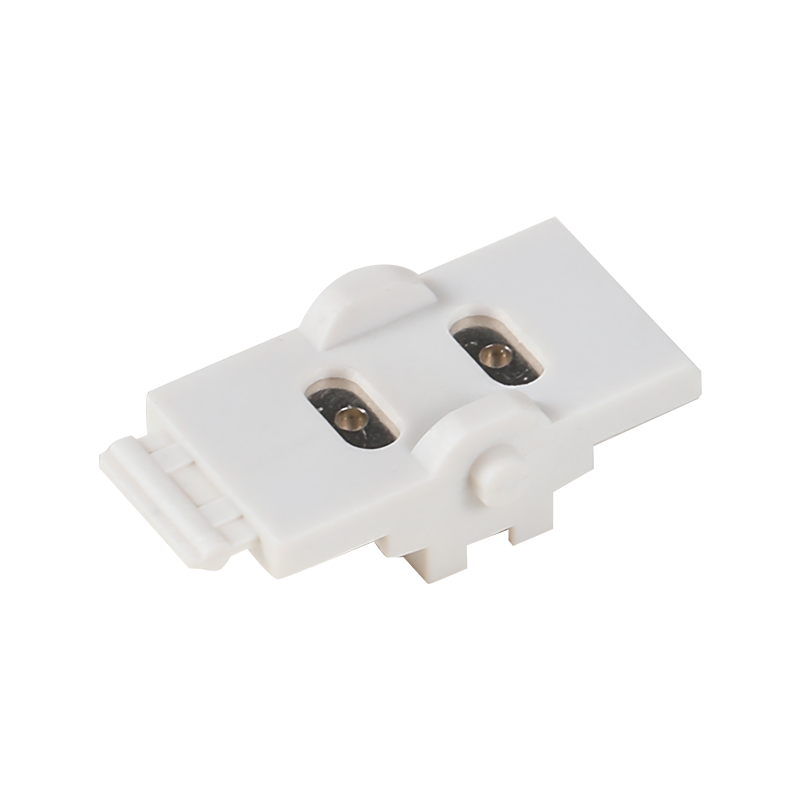
In the fast-paced world of product development, the ability to quickly and accurately create prototypes is crucial for bringing new ideas to life. One technology that has revolutionized this process is prototype molding plastic. This innovative material and technique allow designers and engineers to create detailed and functional prototypes with ease, speeding up the development cycle and reducing costs.
Prototype molding plastic is a versatile material used in the creation of prototypes for a wide range of industries, from automotive and consumer electronics to medical devices and home appliances. It allows designers to create detailed models that closely resemble the final product, enabling them to test functionality, fit, and aesthetics before moving to full-scale production. This material is particularly useful in the early stages of product development, where rapid iteration and testing are essential.
One of the key advantages of prototype molding plastic is its versatility. It can be molded into a wide variety of shapes and sizes, allowing designers to create complex and intricate prototypes with ease. The material is also known for its durability and strength, ensuring that prototypes can withstand rigorous testing and handling.
Another significant benefit is the speed at which prototypes can be produced. Unlike traditional prototyping methods, which can be time-consuming and labor-intensive, prototype molding plastic allows for quick and efficient production. This rapid turnaround time enables designers to iterate and refine their designs more quickly, accelerating the overall development process.
Modern prototype molding techniques have benefited from significant technological advancements, making the process even more efficient and precise. Advanced molding machines and computer-aided design (CAD) software allow for highly detailed and accurate prototypes, ensuring that the final product meets the high quality standards. These technologies also enable greater customization and flexibility, allowing designers to create prototypes that closely match their vision.
Prototype molding plastic is not only efficient but also cost-effective. By allowing for rapid production and iteration, it reduces the time and resources needed to develop a new product. This cost savings is particularly important in the early stages of product development, where budgets are often tight and resources are limited. Additionally, the durability of the material means that prototypes can be used for multiple tests, further reducing costs.
The use of prototype molding plastic is widespread across various industries. In the automotive sector, it is used to create prototypes of car parts and components, allowing engineers to test and refine their designs before production. In consumer electronics, it enables the creation of detailed models of new devices, helping designers to superb the user experience. In the medical field, it is used to create prototypes of medical devices and instruments, ensuring that they meet the high safety and functionality standards.
Prototype molding plastic has become an essential tool in the product development process, offering designers and engineers the ability to create detailed, functional, and durable prototypes quickly and efficiently. With its versatility, speed, and cost-effectiveness, prototype molding plastic is helping to drive innovation and accelerate the development of new products across various industries. As technology continues to advance, prototype molding plastic will remain a crucial component in the quest for rapid and efficient product development, ensuring that new ideas can be brought to market faster and more effectively.

 English
English 中文简体
中文简体 русский
русский
